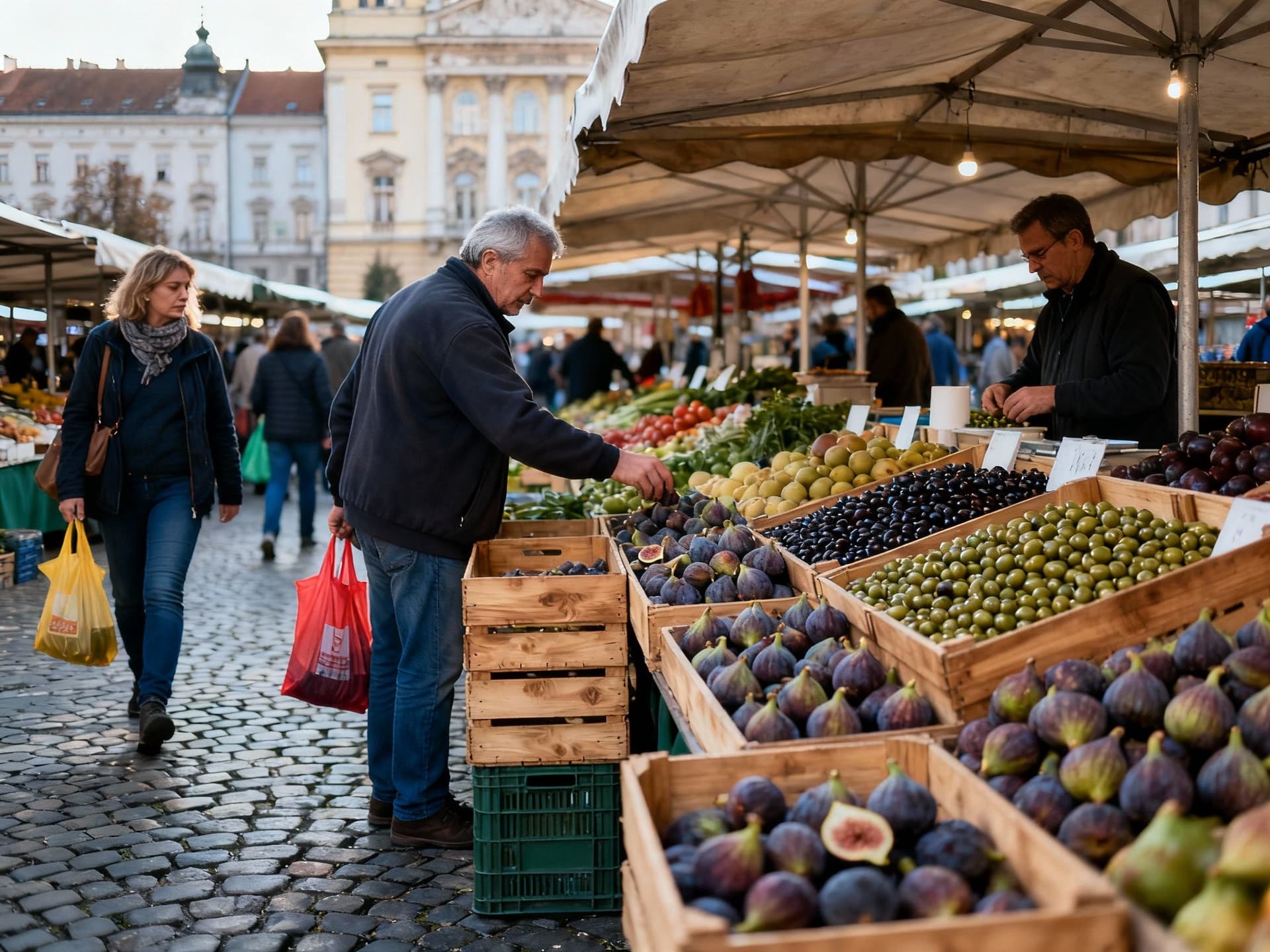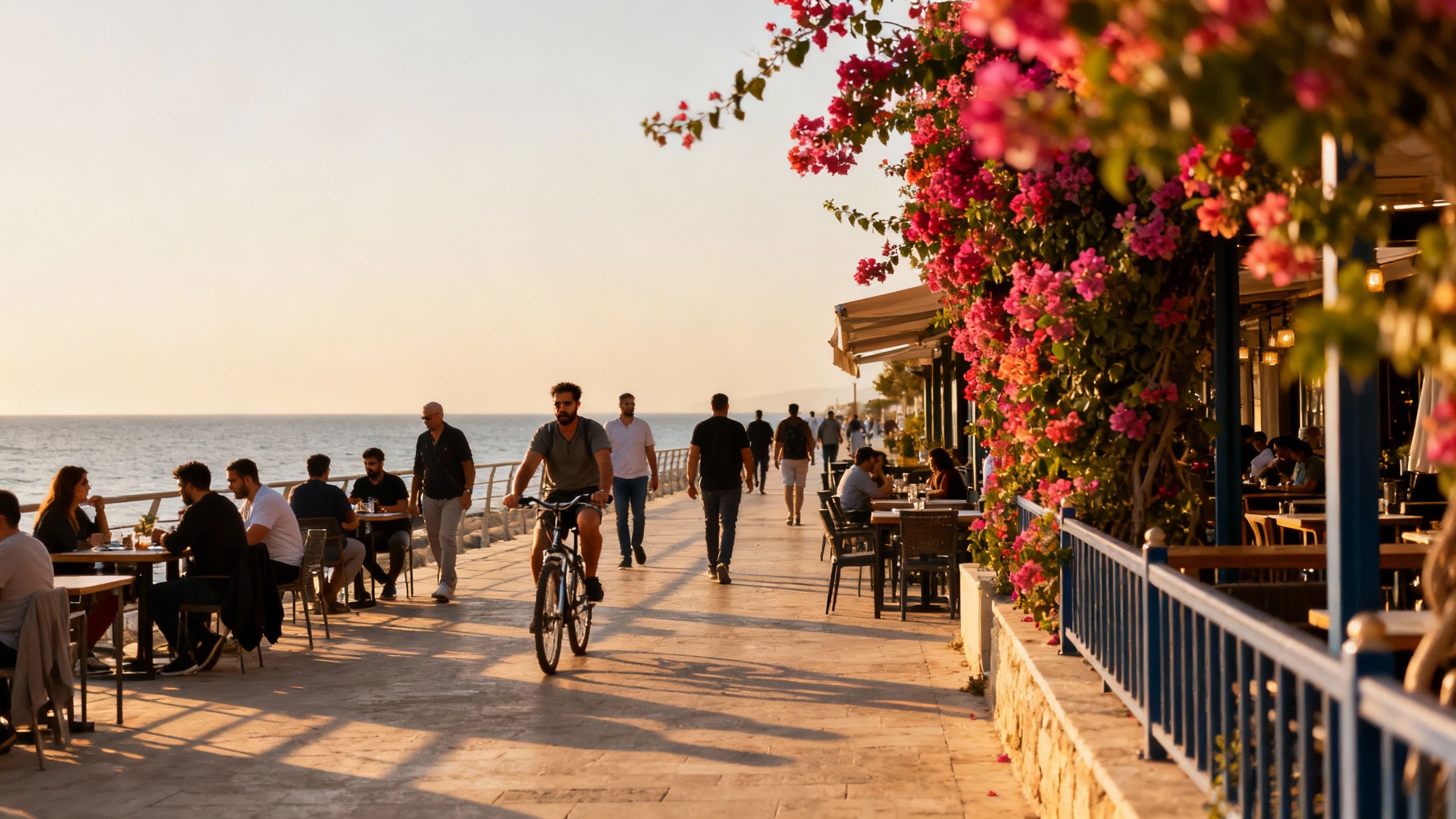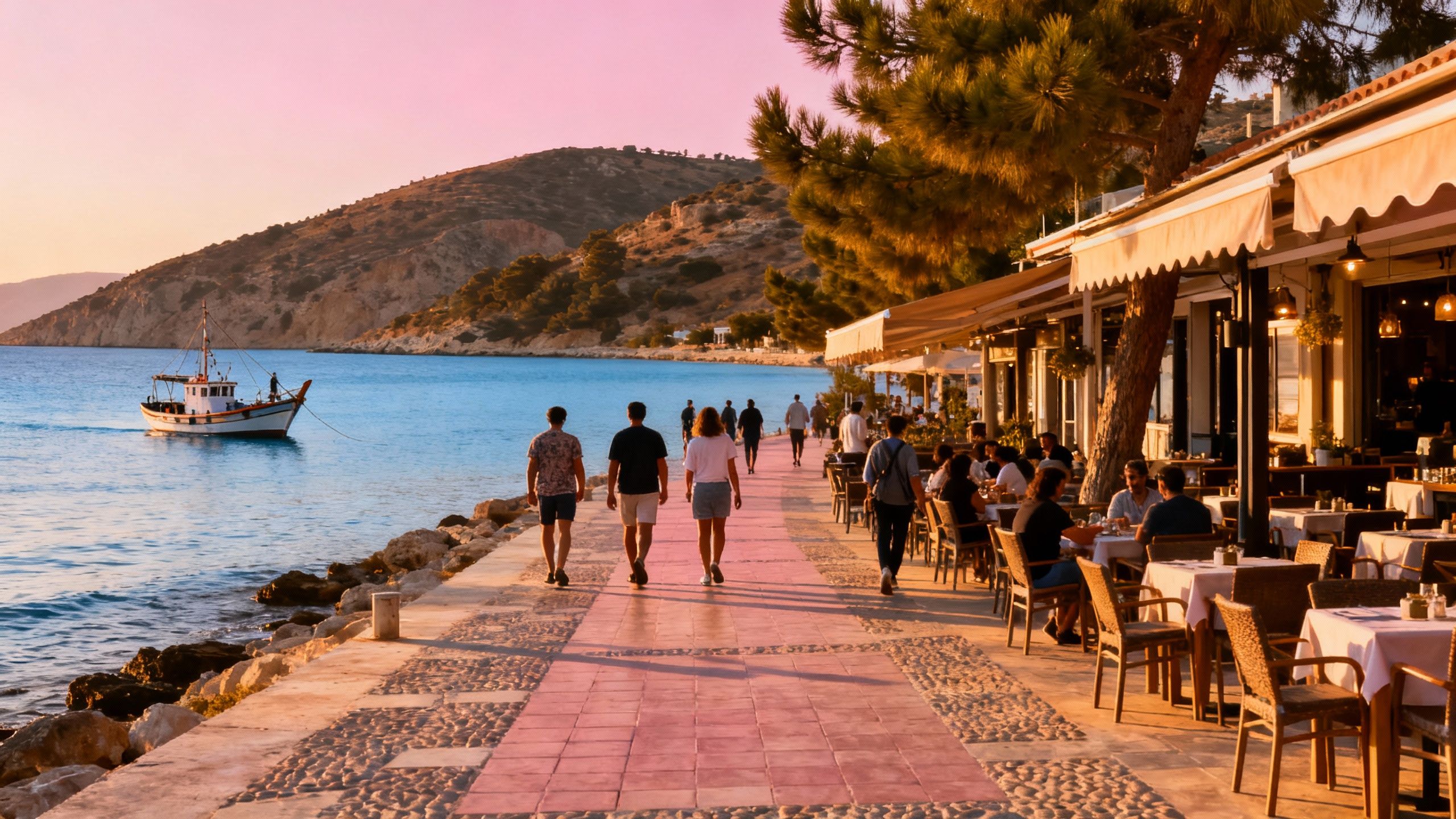Green mortgages and the Croatian lifestyle
How to pair Croatia’s seaside, market‑rich lifestyle with green mortgages and practical financing — backed by DZS house‑price data and local policy shifts.
Imagine waking before dawn to the sound of sea and stone: a narrow street in Rovinj filling with espresso steam, fishermen unloading the morning catch, terracotta roofs warm in the sun. Croatia feels like seasons stitched into stone — a coastline that hums through summer and a quieter, green interior that deepens in winter. For buyers who prize both a lived-in Mediterranean life and low‑impact stewardship, the question becomes not only where to live but how to finance a home that honours place and reduces long-term costs.
Living Croatia: daily rhythms that shape where you buy

Croatia’s everyday life — from Zagreb’s coffee-lined streets to Hvar’s lavender-scented promenades — dictates practical choices. Coastal towns like Split and Dubrovnik pulse with tourism and higher price tags, while inland Istria and Slavonia trade quieter rhythms for larger plots, orchards and simpler maintenance. That contrast matters for financing: a sea-view apartment carries different long-term running costs than a rural stone house with a solar-ready roof.
Neighborhoods worth imagining first
Picture morning markets on Dolac in Zagreb, the old town alleys of Trogir where locals still dry figs, and the pine-fringed beaches of Brač where terraces catch dusk. These everyday scenes tell you what life will require: proximity to groceries and medical care in cities; water storage and passive cooling in coastal villas; frost‑proofing and firewise landscaping in inland stone cottages.
Food, festivals and slow seasons
Seasonality is stitched into Croatian life: olive harvests in autumn, tiny summer festivals that empty islands of full‑time residents into a celebratory rush, and hushed winters when coastal towns belong to locals again. Policy shifts—like recent government moves to tax empty or short‑term rental properties—are designed to nudge supply back toward long‑term living, and that affects price dynamics and rental income expectations for buyers.
- Dolac market (Zagreb) mornings; Hvar promenade at dusk; Zlatni Rat (Brač) windsurf scene; Rovinj cobbled lanes and seafood tavernas; Istrian truffle routes and local konobas.
Making the move: finance, green loans and realistic costs

Dreams meet numbers here: Croatia’s house price indices rose strongly through 2024–2025, with national increases in the low double digits year‑on‑year in many regions. That trend makes timing and financing strategy crucial — whether you plan to live year‑round or treat the property as a seasonal retreat. Smart buyers align mortgage structure with lifestyle seasonality and look for green financing that lowers operational costs over decades.
Green mortgages and energy‑efficiency loans: what to look for
Croatian lenders and EU‑backed programmes increasingly offer favourable terms for homes with high energy performance: lower margins, longer amortisations for solar, insulation, heat pumps or certified passive renovations. Ask lenders about the exact green criteria (e.g., EPC band, photovoltaic capacity, or certified retrofit plans) and whether a property's eligibility needs third‑party verification — this is where a local agent with sustainability experience becomes invaluable.
- Steps to finance a sustainable Croatian home
1) Get a pre‑approval that includes green‑loan options and lists required energy documentation. 2) Commission an energy audit or preliminary retrofit estimate before bidding. 3) Negotiate contract clauses that require seller disclosures on recent works (roof, insulation, HVAC). 4) Factor in municipal permit timelines for renewable installations. 5) Build a 5–10 year operating cost model (energy, water, maintenance) to compare properties fairly.
Insider knowledge: what expats wish they'd known
Expat buyers often arrive romanticising sea views, then are surprised by maintenance realities: salt‑air corrosion, seasonal water supply quirks, and the social rhythms of long family chains. Locals sometimes avoid certain property types — small, thin‑walled apartments in tourist strips — because long‑term living and community integration require different layouts and thermal comfort standards.
Cultural and seasonal red flags to watch
- Short‑term rental saturation on the Adriatic; properties without documented renovations; lack of winter heating efficiency; coastal plots with difficult access for maintenance; missing permits for terraces or annexes.
How local agencies help the green way
A place‑minded agency will map lifestyle to technical needs: recommending a property in Istria for a foodie who wants truffle hunts and a south‑facing roof for panels, or a Zagreb townhouse for someone who values year‑round public services and walkable life. They also connect you to certified auditors, green‑mortgage friendly banks, and builders versed in traditional stone repair and modern insulation.
- 1) Prioritise energy audits before offers. 2) Insist on written histories of renovations. 3) Ask banks for green loan criteria in writing. 4) Budget for landscape and water management. 5) Choose towns where year‑round services match your plans.
Conclusion: love the place, finance the future
Croatia rewards the patient buyer who blends a sensory love of place with practical financing for longevity. Use the market data, secure green‑friendly mortgage terms, and work with local experts who see homes as ecosystems — not just assets. Start by mapping the life you want (markets, beaches, winter routines), then layer in energy audits and green finance to protect both your money and the landscape that drew you here.
Swedish advisor who left Stockholm for the Costa Brava in 2019. Specializes in sustainable, sea‑view homes for Scandinavian buyers and green finance insights.


